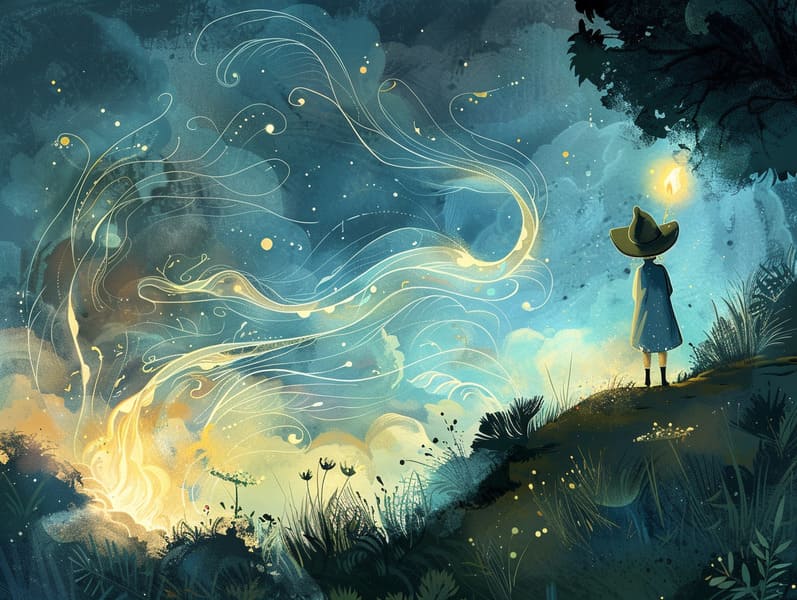Exploring the Roots of Famous Fairy Tales and Their Consistent Loveliness.
Exploring the Roots of Famous Fairy Tales and Their Consistent Loveliness.
Blog Article

Popular fairy tales have deep roots. These tales have been relayed from one generation to the next well before they were ever published. They emerged from a variety of cultures, including Middle Eastern traditions. They were initially narrated among adults, often carrying themes and messages aligned with the societal norms and beliefs of the time.
The famous Grimm duo, Jacob and Wilhelm (the Grimm brothers), were among the first to compile and release many of these beloved tales. Their anthology, "Grimm's Children's Stories," included tales like "The Story of Cinderella," "The Story of Hansel and Gretel," and "The True Story of Snow White," which have since become cornerstones in the world of classic fairy tales. Similarly, Andersen's imaginative stories, such as "The Little Mermaid," and "The Ugly Duckling," have gained the love worldwide, guaranteeing their place in the pantheon of treasured fairy tales.
Even though they are old, traditional fairy tales remain as impactful as ever, especially as children's night stories. These fantastical tales are now available in different formats, including vibrantly illustrated books, delightful animations, and web-based fairy tales.
Their enduring popularity can be connected to several magical reasons:
Ethical Lessons: Traditional fairy tales often teach important moral lessons. Tales like "The Wolf and the Liar" teach the value of sincerity, while "The Tale of the Tortoise and the Hare" point out the merits of perseverance and modesty. These narratives offer the young clear distinctions between moral and immoral, forming their moral compass in a subtle yet important way.
Compassion and Knowledge: Fairy tales frequently illustrate personalities facing problems and hurdles, provoking children to identify with their struggles and root for their triumphs. For instance, "Beauty and Her Beast" teaches us the virtue of seeing inner beauty to appreciate the true nature of a soul, building understanding and awareness.
Cultural Perception: Many ancient fairy tales are deeply embedded in the cultural contexts from which they arose. Engaging with these tales can provide illuminating insights into different cultures, cultivating a sense of cultural appreciation and comprehension.
Creativity and Imagination: The extraordinary elements in fairy tales—talking animals—awaken children’s imaginative ideas. These fairy tales carry readers to otherworldly realms, kindling imaginative dreams and a sense of amazement that persists a lifetime.
Old fairy tales are not only fantastical but also enlightening. They work as delightful tools in advancing various mind and heart abilities in kids. When fairy tales are voiced, they develop verbal development by bringing new linguistic elements and detailed sentence structures. This practice also advances listening skills and attentiveness, as young readers stay focused, prepared to see what happens next.
Furthermore, contemplating the themes and characters of old fairy tales can foster problem-solving abilities and analytical skills. Kids are educated to discover patterns, expect results, and get cause and effect. These reflections also help young readers voice their thoughts and feelings, advancing their emotional intelligence.
In today’s technological era, the accessibility of online storybooks has made these narratives more accessible than ever. Internet resources and digital apps extend vast collections of classic fairy tales that can be looked at or listened through anytime, anywhere. Fairy tales read aloud are particularly well-liked, making available an fascinating method for little ones to be a part of these alluring stories. Spoken stories and spoken videos transport characters and settings to life, often supplemented by whimsical soundtracks and melodies that augment the tale experience.
The enduring charm of classic fairy tales lies in their these guys ability to modify to today's society while retaining their central values. Contemporary revisions of these fairy tales often present more representative protagonists and modern settings, making them relatable to today’s audience. However, the key lessons of guts, understanding, and even-handedness remain unchanged, continuing to move kids of all ages.
Traditional fairy tales also offer a sense of assurance and closeness. They deliver a tidy narrative with a apparent beginning, middle, and end, often concluding with the finalization of conflicts and the triumph of righteousness over wickedness. This reliability can be placating for children, extending a sense of sturdiness in an ever-changing world.
Timeless fairy tales continue to enchant and instruct new generations, maintaining their magic and importance in modern society. As nighttime stories for kids, they give a perfect blend of magic and knowledge, furthering moral values, empathy, and creativity. The accessibility of online fairy tales and the favor of fairy tales told out loud warrant that these traditional fairy tales remain reachable to new generations.
By protecting and spreading these fairy tales, we continue to extol the rich tapestry of fantasy and cultural heritage. Whether you are browsing a beautifully illustrated book, browsing a online library, or listening via an spoken story, the grandeur of classic fairy tales is always within reach. These narratives show us of the unceasing ability of tales and its ability to bind us across centuries and lands.
Even if you are enjoying a colorful picture book, enjoying a web-based collection, or listening via an read-aloud story, the loveliness of traditional fairy tales is always within reach.
These stories teach us of the enduring strength of narratives and its ability to unite us across epochs and places, casting a charm that delights and instructs alike.